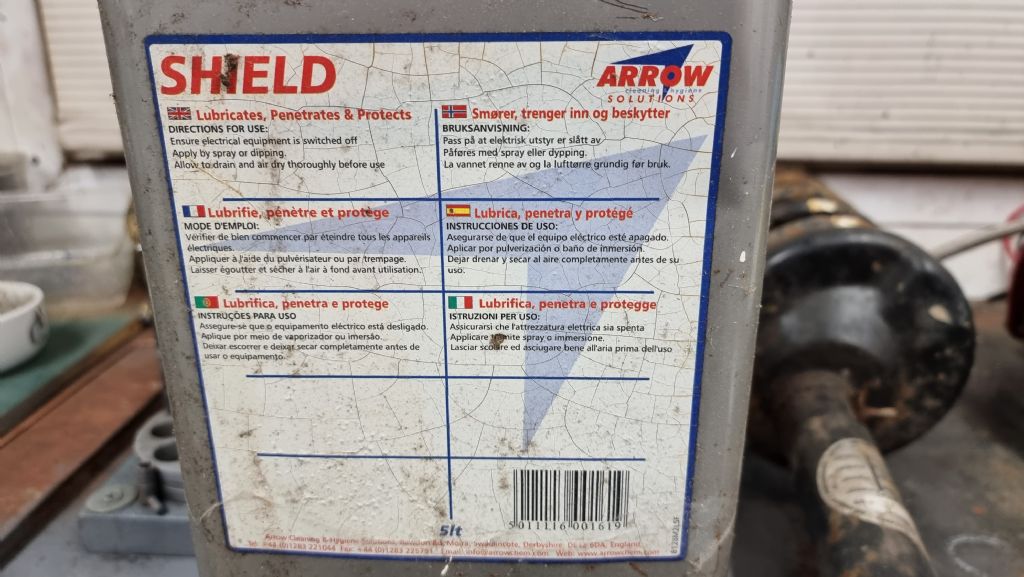As I see it, the basic mechanism is that warm air holds more water vapour than cold air. The warmer the air, the more water vapour it can hold. Therefore when warmer air is cooled or meets a colder area, it cannot hold all the water vapour any more, so it will condense out. If the colder area is an air mass, you will get fog and clouds. If the colder area is a surface, water vapour will condense onto that, which is how dew forms on your grass. If a surface contains iron, rust can form. Rust needs water, oxygen and iron to form.
So, to prevent rust, you can ensure your machines are always warmer than the surrounding air – only needs to be a degree warmer.
Or, ensure the air is dry and contains no water vapour.
Or prevent oxygen touching the iron by applying a barrier; e.g. oil, machine wax etc.
A garage made from concrete or similar building materials will wick water through from the outside or the ground. Houses are constructed with damp proof membranes on top of any floor or wall foundation that is in contact with the ground. In addition, houses have a cavity wall, i.e. a double wall with a ventilated gap between them. This gap prevents water from the outside wicking all the way into the inner wall and making that damp. Many garages though, are built without any damp proof membranes and have single-leaf brick or concrete walls. These garages will always potentially be damp, and any iron in them will rust unless it is kept above the dew point and/or the air is constantly dried or warm air is ventilated out.
Wood does not conduct heat or cold as much and does not wick water, (unless it is completely saturated).
This is why those old single leaf pre-fab concrete and asbestos garages are such rust traps, and a car in there will rust more than if it is left outside on the driveway. During the day the air in the garage warms and absorbs moisture from the walls and floor. At night the temperature drops and that moisture condenses out onto the now cold walls and floor, and also onto the car or machines in there – which didn't warm up as much as much as the air did. (The same car on the driveway is constantly very well ventilated). So those old garages either need to be well ventilated and kept as cold as the outside air, or constantly heated, or sealed and constantly dried.
Or build inner walls with a vapour barrier or gap, as many have recommended – to prevent the moisture wicking through to the inside – and insulate to retain a certain air temperature inside.
Edited By John Doe 2 on 05/12/2022 13:10:03
 Bazyle.
Bazyle.




